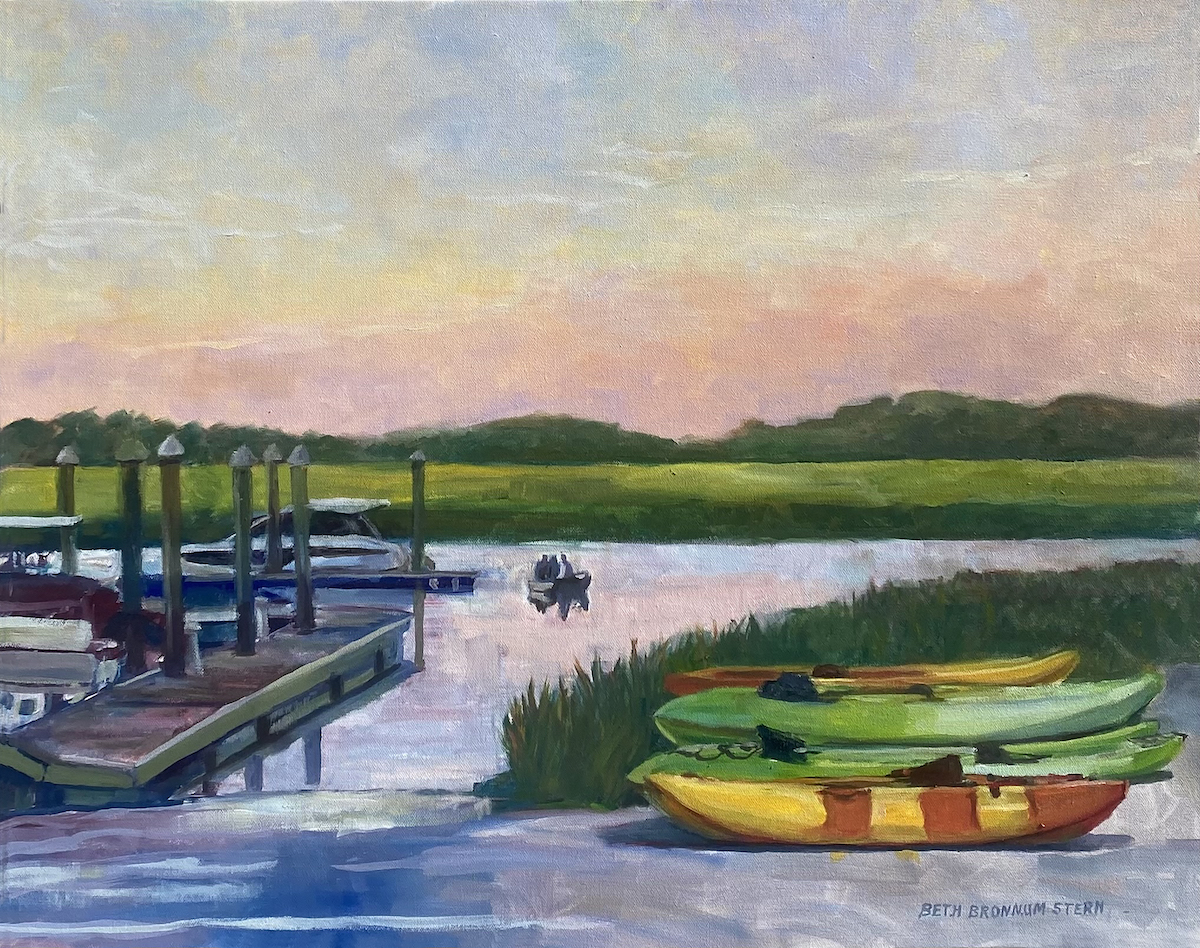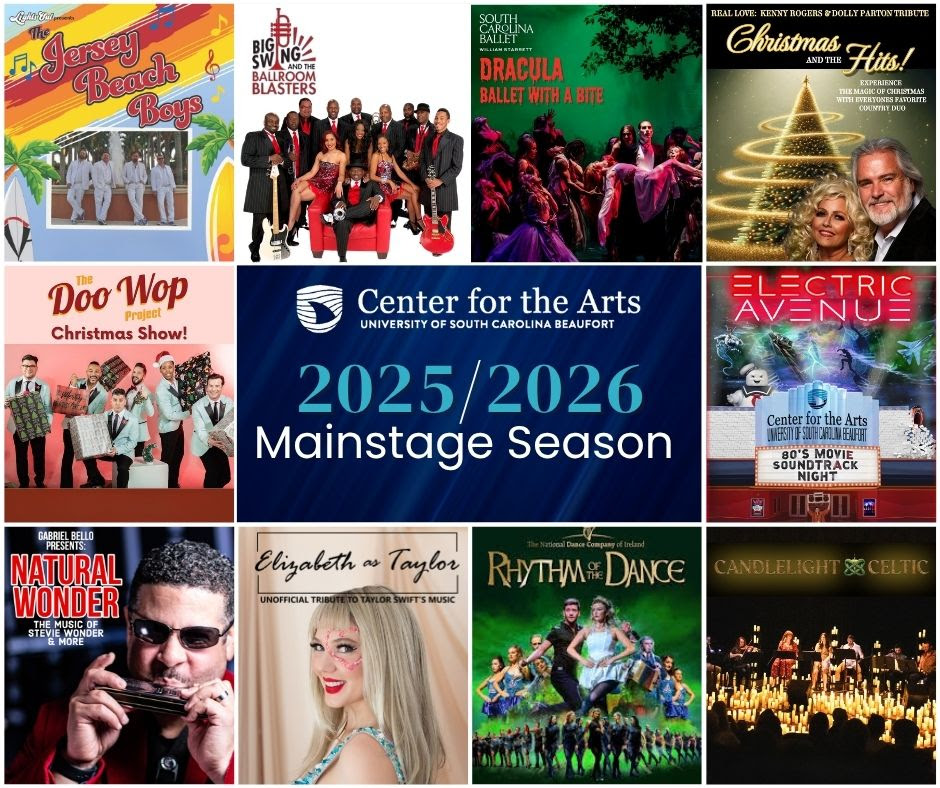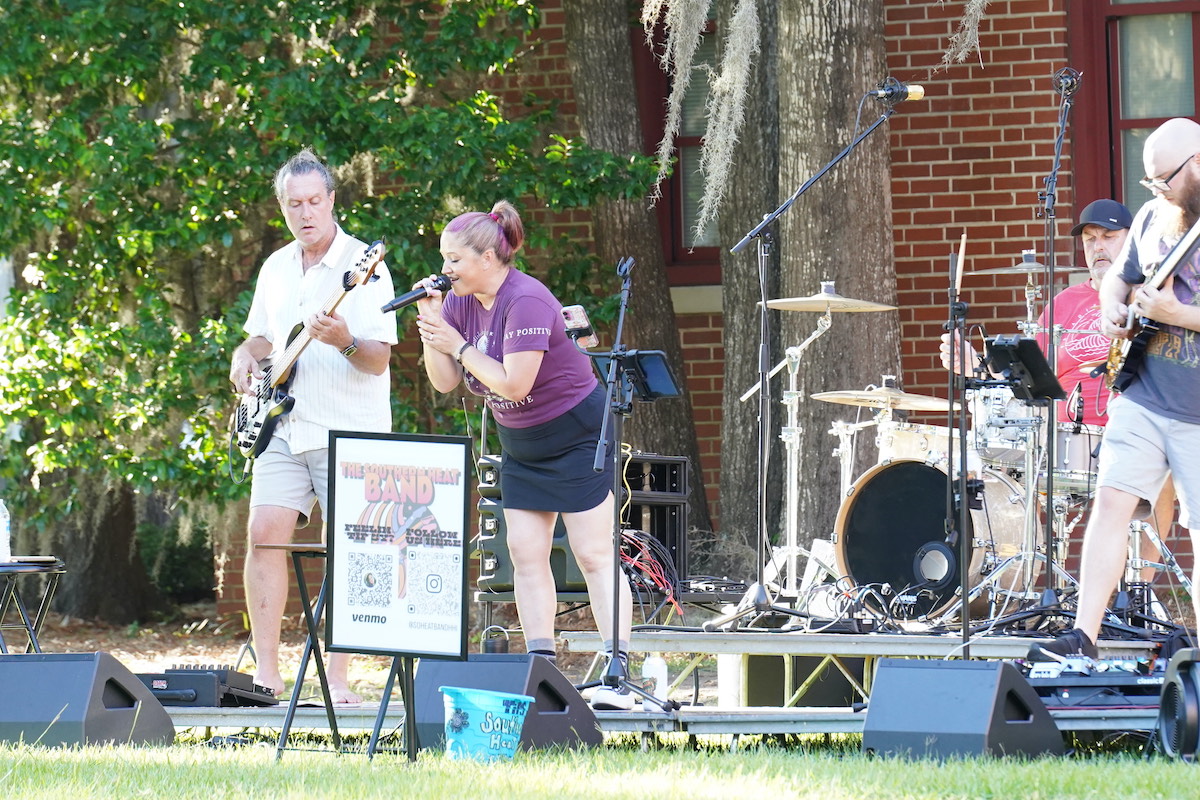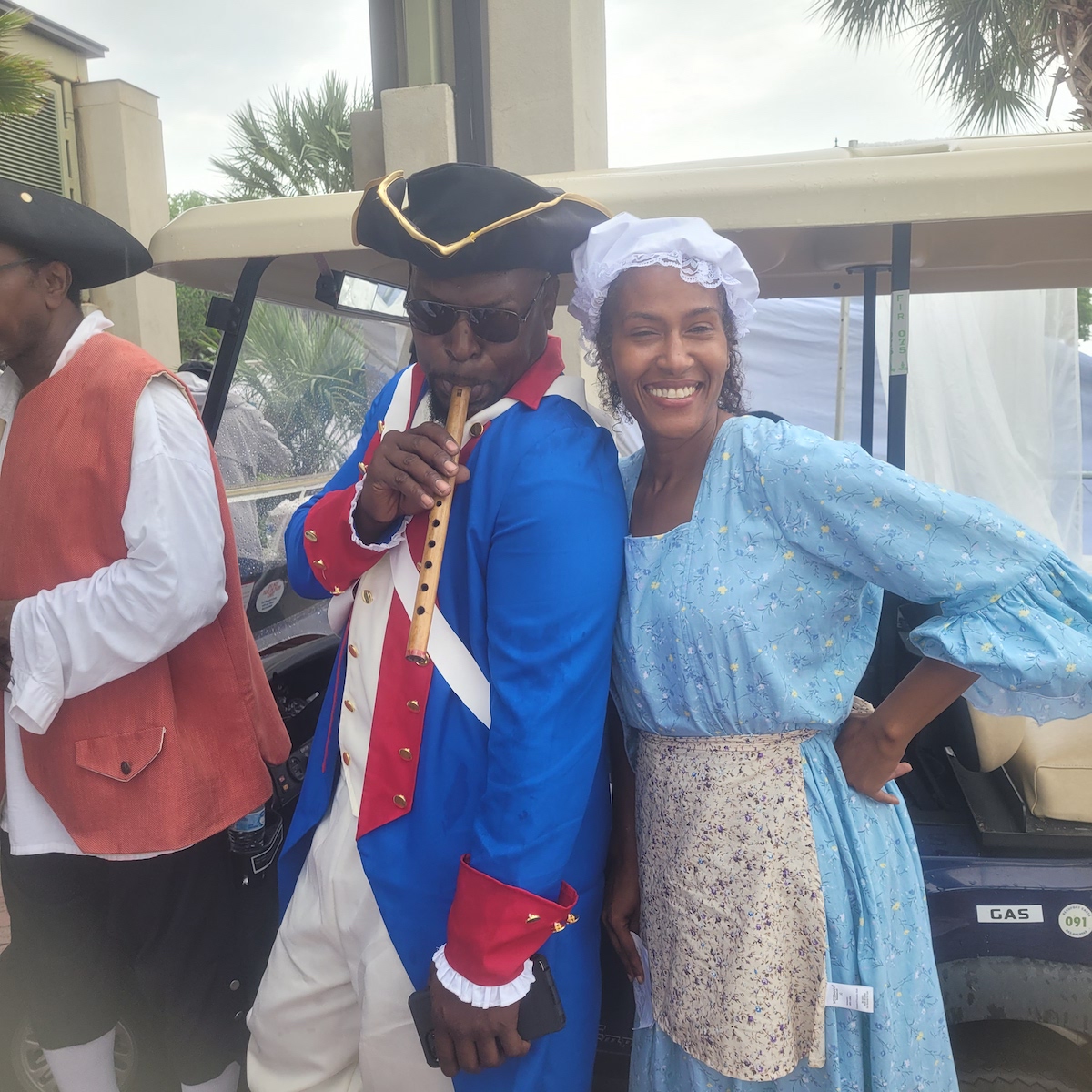The MET Opera: Live in HD at USCB Center for the Arts presents “La Boheme” on Saturday, April 5, at 12:55 p.m.
By Alan Schuster
Giuseppe Verdi claimed that there were three imperatives which advised his works: Truth, clarity and brevity. And with “La Boheme,” composer Giacomo Puccini abided by the great one’s rules when he composed this vivid masterpiece, perhaps the most popular opera ever written. After its 1896 debut in Turin — conducted by a 28-year-old named Arturo Toscanini — a reviewer wrote that “Boheme expresses sweet sentiments of the soul and speaks in exquisite melodies of eternal human passions.”
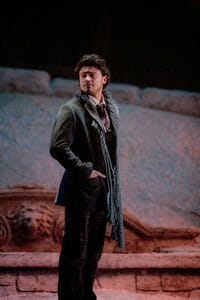
What makes Boheme such a wonderful experience is the almost unique quality of being instantly likable. It seems to flow almost continuously from mood to mood, from melody to melody, and always enriched by the composer’s superb dramatic instincts. Another Verdi rule was that no act should last more than 40 minutes. Boheme’s longest? The first — at 35!
Act I: It’s Christmas Eve in Paris in 1830. Rodolfo, a poet, and Marcello, a painter, are at work in their modest garret. They’re soon joined by Schaunard, a musician, and Colline, a philosopher, who joke about their poverty and their arts. When the landlord arrives to claim back rent, they chide him and then shuffle him off. Rodolfo, left alone when the others leave for the Cafe Momus, hears a knock on the door. It’s Mimi, a fragile seamstress who lives down the hall. She asks Rodolfo to re-light her candle. He obliges, and when she drops her key, they reach for it together. Their hands touch and they fall in love.
Act II: The lovers join Rodolfo’s friends at the Cafe Momus. Musetta, formerly Marcello’s mistress, appears with a wealthy old man named Alcindoro. She sees Marcello and entices him to return to her. When she sends the old man off to buy her new shoes, they join together and sneak off, leaving the old man with the bill.
Act III: A cold February day. Mimi sees Marcello and asks for advice about dealing with Rodolfo’s jealousy, which is ruining their life together. When she sees Rodolfo coming, she hides and listens while he accuses her of being a flirt, but then admits that he has no money to provide for her failing health. When he hears Mimi coughing, they reunite and promise to remain together until spring. As they embrace, Musetta appears and engages Marcello in a dust-up over problems of their own.
Act IV: The four friends are back in Rodolfo’s garret, reflecting on wonderful times and trying to forget their troubles. Musetta enters, telling them that Mimi is outside, and drastically ill. Rodolfo rushes to get her and then stays by her side as the others leave to find help and a muff to warm Mimi’s freezing hands. Alone, the lovers recall their first meeting. Soon, their friends return, only to find Mimi dead as Rodolfo falls to her bedside crying out her name.
The Music
Act I: From the moment Rodolfo hears Mimi’s knock until their final glorious “amor” is heard as they are leaving, Puccini concludes what is no doubt the finest single act he ever wrote. His lyrical genius reveals itself when Rodolfo touches Mimi’s hand, leading to one of opera’s finest tenor arias, “Che gelida manina,” telling her about his life as a poet. She responds, delicately explaining how she longs for the warmth of spring. Already in love, they join in an enchanting duet, “O soave fanciulla” (O, lovely girl) which author Charles Osborne wrote “is as impassioned as any that has ever echoed through the corridors of operatic palaces.” Together they slowly leave the room, ecstatically expressing their love in soaring phrases. There are very few moments in opera when the word “heavenly” can be used to describe the emotions that a setting of musical drama can convey to an audience. And this is one of its best.
Act II: The impressive highlight of this brief 18-minute act is another well-known tune: Musetta’s Waltz. It’s a terrific crowd-pleaser at the cafe — and in opera houses as well. Originally, Puccini had written this piece for a ceremony in Genoa for the launching of a battleship.
Act III: Outside a tavern, Rodolfo and Mimi express the anguish of hopeless love in a moving duet. It ends abruptly when Marcello and Musetta come storming out of a tavern in a jealous rage, leading to a quartet which merges two sharply contrasting moods. It’s another Puccini masterpiece of dramatic invention.
Act IV: “Sono andati? (“Have they gone?” Mimi asks Rodolfo, “I’ve been waiting for them to leave”). Thus begins a heart-rending duet in hushed tones as the orchestra recalls melodies from their first meeting. It’s an unforgettable scene, ending with his despairing cry of “Mimi, Mimi!”
Singing the role of Rodolfo, Vittorio Grigolo; Marcello, Massimo Cavalletti; and two young sopranos making their Met debuts, Anita Hartig as Mimi and Jennifer Rowling as Musetta.
“La Boheme” will be at USCB Center for the Arts on Saturday, April 5, at 12:55 p.m. Tickets: Adults $22; OLLI members $18; Students under 18, $15. All seats are assigned and the box office opens at noon, or call 521-4145.
UPCOMING OPERAS: Following this Puccini masterpiece, two outstanding comic operas will end this Met HD series: Mozart’s “Cosi Fan Tutte” on April 26 and Rossini’s “La Cenerentola” (Cinderella) on May 10.


